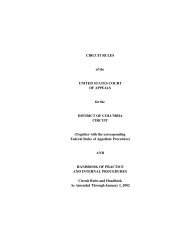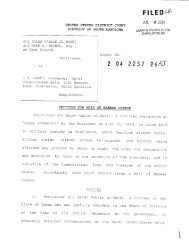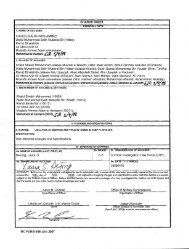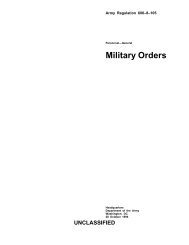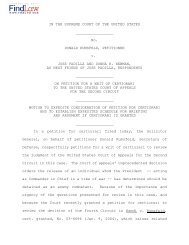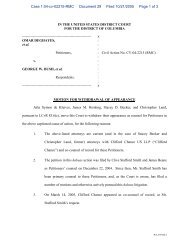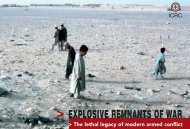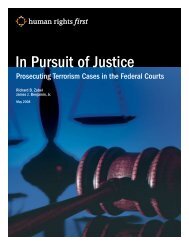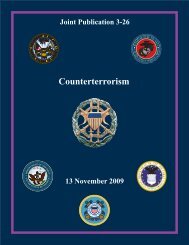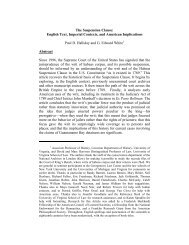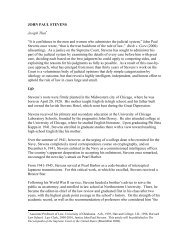Government Merits Brief - Hamdan v. Rumsfeld
Government Merits Brief - Hamdan v. Rumsfeld
Government Merits Brief - Hamdan v. Rumsfeld
You also want an ePaper? Increase the reach of your titles
YUMPU automatically turns print PDFs into web optimized ePapers that Google loves.
40<br />
Petitioner observes (Br. 45) that he was captured in Afghanistan<br />
and that Afghanistan, unlike al Qaeda, is a party to<br />
the Geneva Convention. But the Convention does not apply<br />
based on where a particular conflict occurs, or a particular<br />
combatant is captured. Instead, Article 2 specifies that the<br />
Convention “shall apply to all cases of declared war or of any<br />
other armed conflict which may arise between two or more of<br />
the High Contracting Parties.” 6 U.S.T. at 3318, 75 U.N.T.S.<br />
at 136 (emphasis added). Because the United States and Afghanistan<br />
are both “High Contracting Parties,” the President<br />
determined that the Convention could potentially apply to<br />
Afghanistan’s Taliban regime. See J.A. 35. It does not follow,<br />
however, that the Convention would cover al Qaeda combatants<br />
who happen to be located in Afghanistan, because the<br />
conflict between the United States and al Qaeda is discrete<br />
and different from the conflict between the United States and<br />
the Taliban (and because al Qaeda is not a “High Contracting<br />
Party” or “Power” for purposes of Article 2). For the reasons<br />
discussed above, the question whether there is one conflict or<br />
two is precisely the kind of foreign-policy judgment that is<br />
committed to the President’s discretion.<br />
ii. Even if this Court were to conclude (notwithstanding<br />
the President’s determination) that the Convention is applicable<br />
to al Qaeda, petitioner’s trial by military commission<br />
would not violate the substantive terms of the Convention.<br />
Petitioner relies (Br. 37) on Article 102 of the Convention,<br />
which provides that “[a] prisoner of war can be validly sen-<br />
(Protocol II), June 8, 1977, 1125 U.N.T.S. 609. In transmitting those protocols<br />
to Congress, President Reagan expressed concern, inter alia, that one of the<br />
protocols would “grant combatant status to irregular forces even if they do not<br />
satisfy the traditional requirements to distinguish themselves from the civilian<br />
population and otherwise comply with the laws of war” and would thereby<br />
“endanger civilians among whom terrorists and other irregulars attempt to<br />
conceal themselves.” S. Treaty Doc. No. 2, 100th Cong., 1st Sess. iv (1987).



